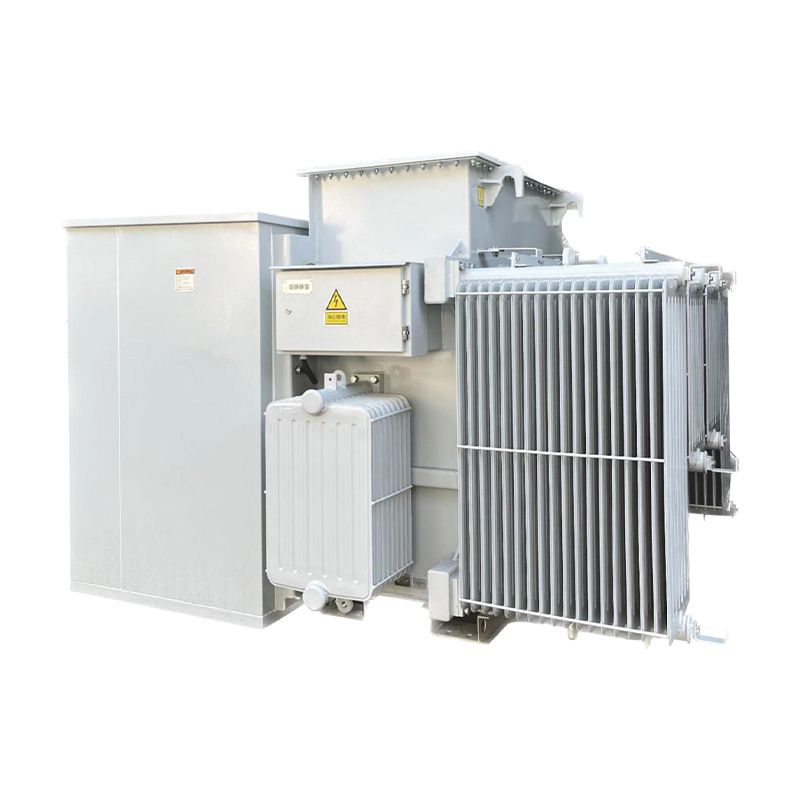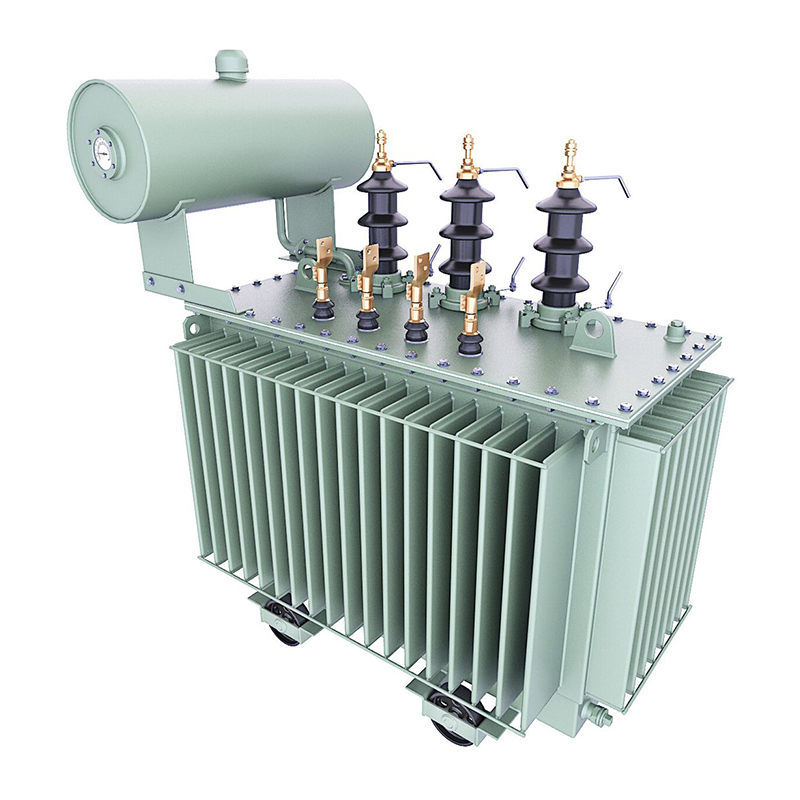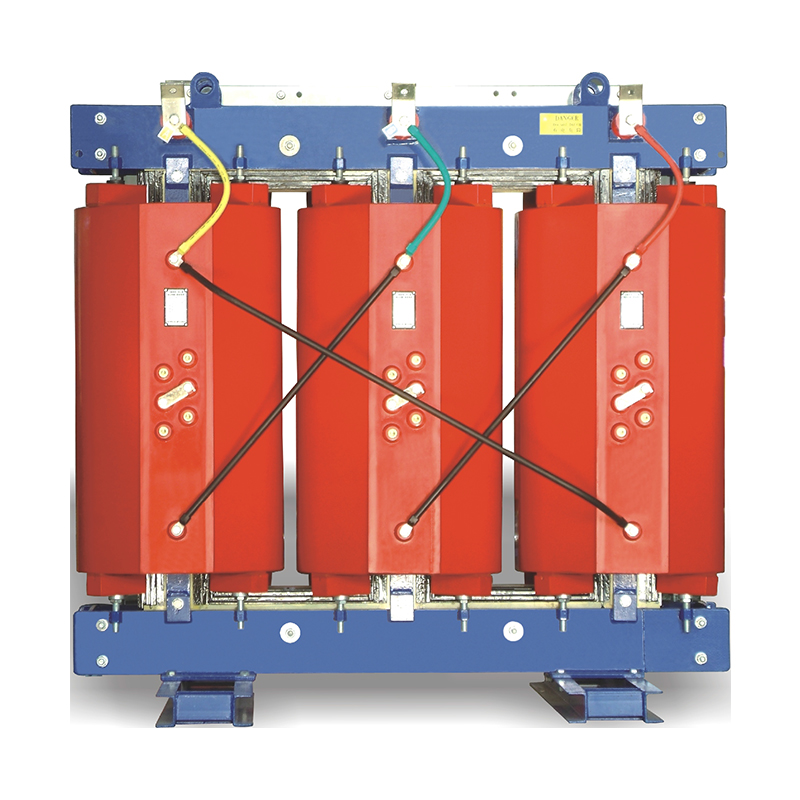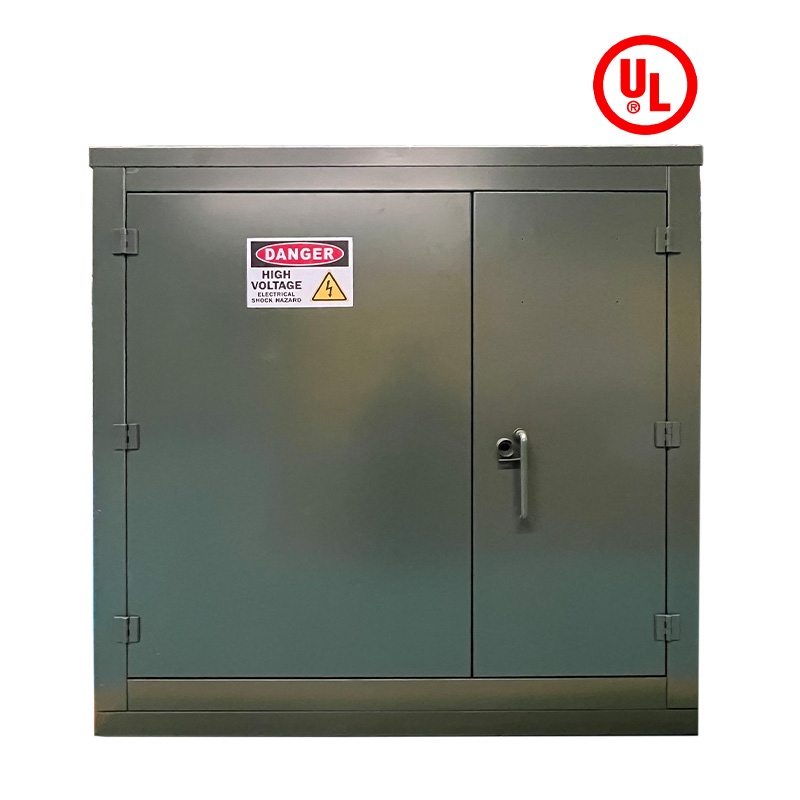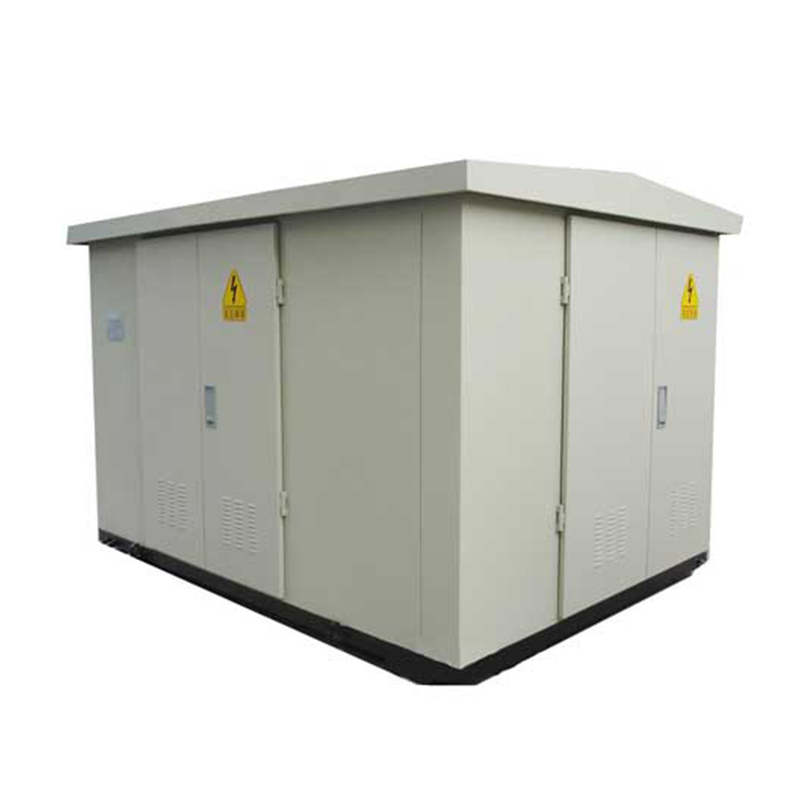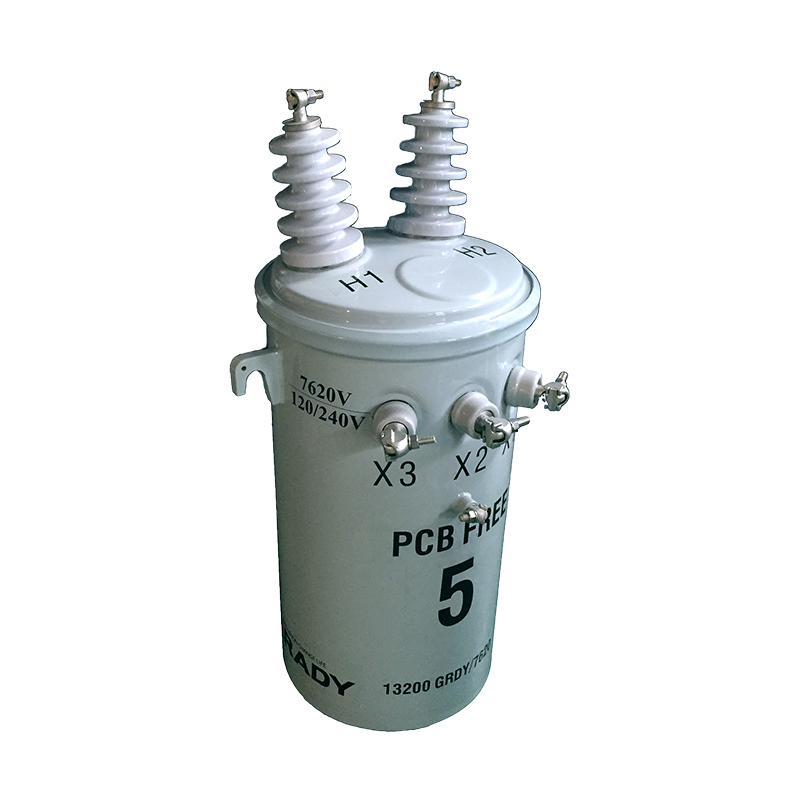Construction and practical application of reliability evaluation index system for power transformers
The construction and practical application of the reliability evaluation index system for power transformers is a complex and important process that involves multiple aspects and steps. Here is a detailed answer to this topic:
###1、 Construction of Reliability Evaluation Index System for Power Transformers
1. * * Principle of Indicator Selection * *:
-Comprehensiveness: The indicators should cover all aspects of transformer operation, including design, manufacturing, installation, operation, maintenance, etc.
-Objectivity: The indicators should objectively reflect the actual operation of the transformer and avoid subjective speculation.
-* * Operability * *: Indicators should be easy to obtain and calculate, making them suitable for practical evaluation.
2. * * Introduction to Core Indicators * *:
-MTBF (Mean Time Between Failures): measures the average time a transformer operates continuously without faults under normal operating conditions.
-MTTR (Mean Time to Repair): Reflects the average repair time required after a transformer failure.
-Reliability Index: A comprehensive reliability level indicator obtained through statistical analysis of transformer fault data.
3. * * Auxiliary indicators * *:
-* * Load rate * *, * * three-phase imbalance * *, * * voltage deviation * * and other operational indicators are used to evaluate the operational status of transformers in more detail.
###2、 Key steps in practical application
1. * * Data Collection and Processing * *:
-Collect historical fault data and operation records of transformers.
-Preprocess the data, such as cleaning, formatting, etc., to ensure data quality.
2. * * Evaluation Model Establishment * *:
-Construct a reliability evaluation model for transformers based on core and auxiliary indicators.
-Use appropriate mathematical methods and algorithms, such as fuzzy comprehensive evaluation method, analytic hierarchy process, etc., to quantify and comprehensively evaluate the indicators.
3. Analysis and Interpretation of Evaluation Results:
-Analyze the reliability level of the transformer based on the results obtained from the evaluation model.
-Identify potential failure modes and weak links to provide a basis for subsequent operation and maintenance strategies.
4. Optimization of Operation and Maintenance Strategy:
-Based on the evaluation results, develop targeted operation and maintenance strategies and optimization measures.
-Strengthen the status monitoring and fault diagnosis capabilities of transformers, improve operation and maintenance efficiency and accuracy.
###3、 Precautions and challenges in practice
1. Data Quality and Integrity: Ensuring the authenticity, accuracy, and completeness of the collected data is a prerequisite for the credibility of the evaluation results.
2. Scientificity and Applicability of Evaluation Methods: Choosing appropriate evaluation methods and algorithms is crucial for improving the accuracy and effectiveness of evaluation results.
3. * * Technical and personnel support * *: Having corresponding technical means and professional evaluators is the guarantee for the smooth implementation of reliability assessment of power transformers.
In summary, the construction and practical application of the reliability evaluation index system for power transformers is a systematic project that requires comprehensive consideration of multiple aspects and factors. Through scientific evaluation methods and effective operation and maintenance strategies, the reliability level of transformers can be improved, ensuring the stable operation and power supply quality of the power system.
Relatenews
- The Role of Power Transformers in Voltage Regulation within Power Systems 2025-08-25 08:14:00
- Environmental Regulations and Technical Measures for Power Transformer Noise Control 2025-08-25 08:12:00
- The Application of Big Data Analytics in Power Transformer Fault Prediction 2025-08-25 08:11:00
- Impact of Distributed Generation Integration on Load Characteristics of Power Transformers 2025-08-16 09:43:00
- Conditions and Protection Coordination Strategies for Parallel Operation of Power Transformers 2025-08-16 09:42:00
- Application of On-Line Oil Chromatography Monitoring Systems for Power Transformers 2025-08-16 09:38:00
- Capacity Calculation Methods for Power Transformers in Electric Vehicle Charging Stations 2025-08-09 16:02:00
- Key Technologies of Smart Power Transformers: Sensors, IoT, and Big Data 2025-08-09 15:59:00





